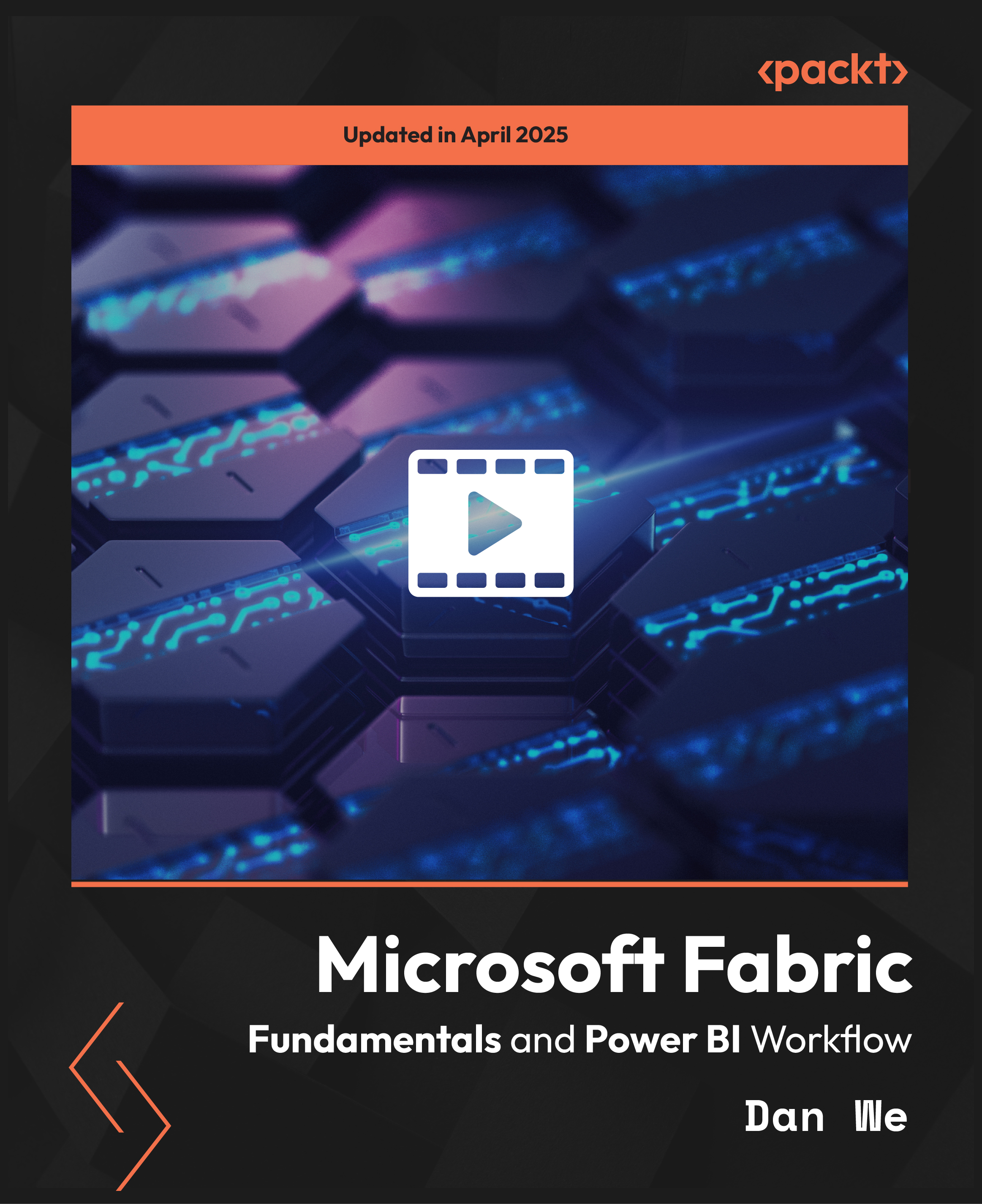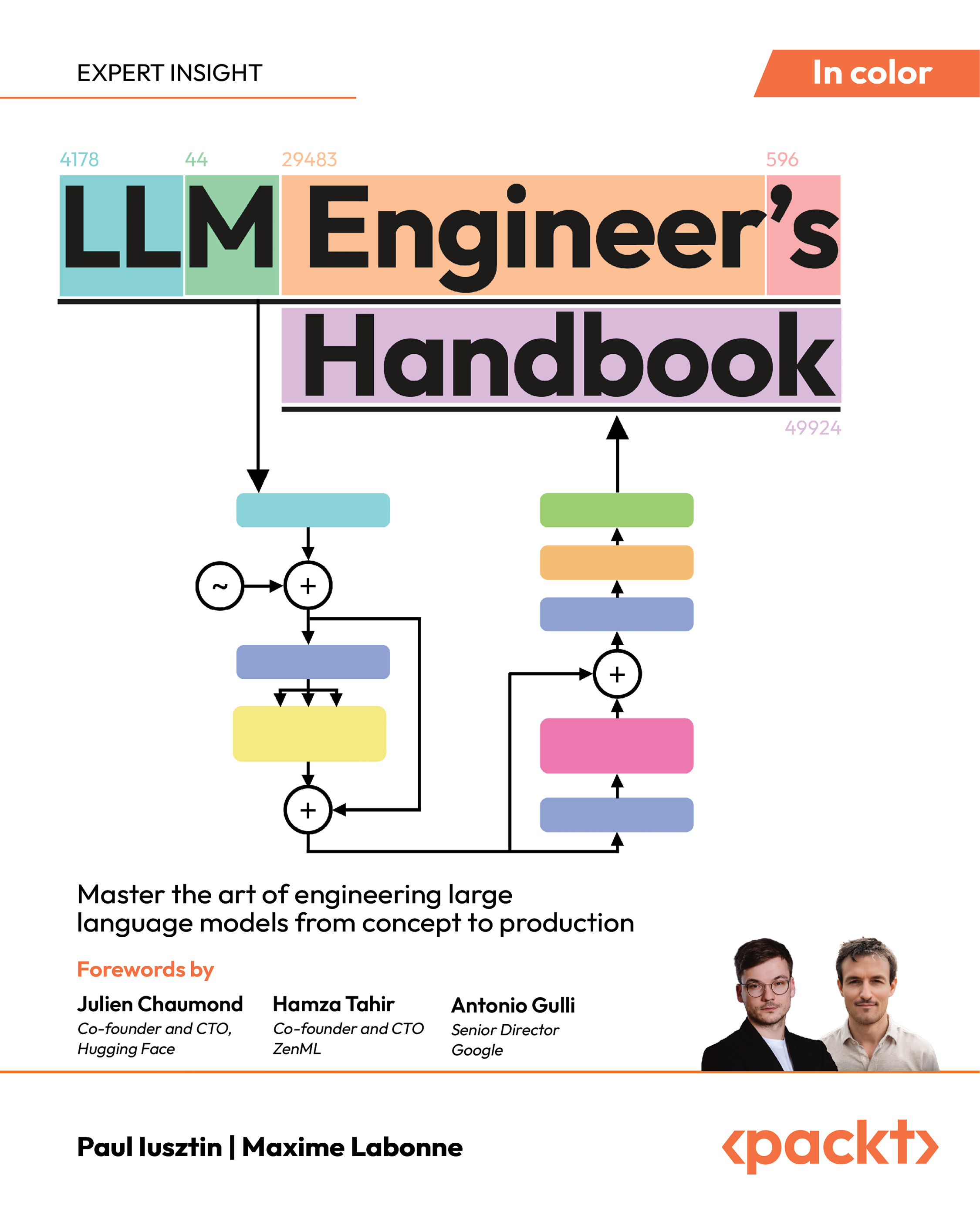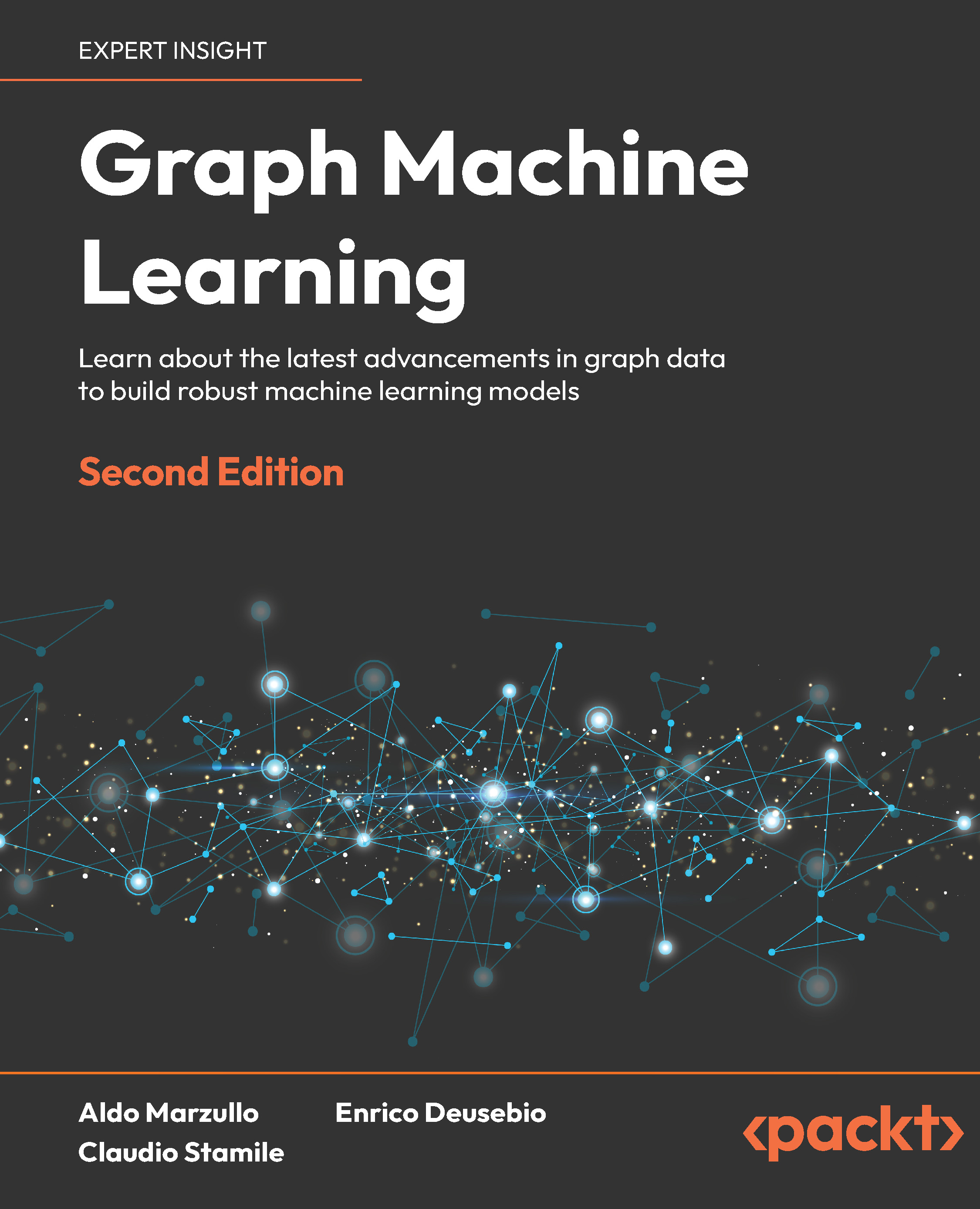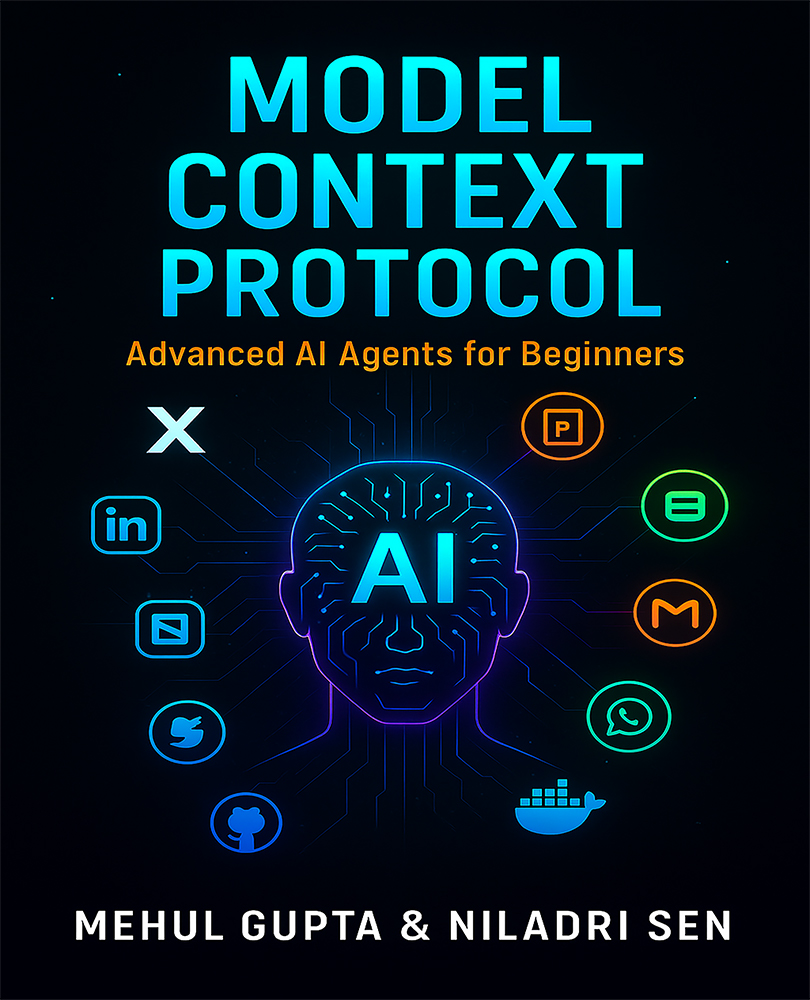-
Comprehensive introduction to Microsoft Fabric’s core concepts and terminologies
-
Exploration of Lakehouses, Delta Tables, and Data Pipelines for effective data management
-
Tools for creating and automating Power BI reports, including paginated reports
Dive into the dynamic world of data analytics with this hands-on course that builds your foundational understanding of Microsoft Power BI while introducing you to the transformative capabilities of Microsoft Fabric. You’ll begin with core concepts, setting up your workspace, and exploring the intuitive Fabric interface. As you progress, you'll learn how to import, manage, and prepare data using tools like Lakehouse and Dataflow Gen 2, gradually crafting powerful, performance-optimized Delta tables.
The course then transitions into real-world applications, showing how to integrate Fabric items with Power BI for insightful visualizations and automated reporting. You'll master the creation of semantic models, utilize SQL endpoints for advanced querying, and build both standard and paginated reports tailored to business needs. Interactive walkthroughs will guide you through parameterized notebooks, PySpark automation, and dynamic pipelines to elevate your data engineering capabilities.
By the end, you’ll understand how to deploy efficient workflows, manage version control, and synchronize semantic models with One Lake for streamlined performance. This practical, end-to-end journey equips you not just with technical know-how but the strategic insight needed to optimize Power BI for enterprise-level reporting and decision-making.
This course is designed for data professionals, analysts, and Power BI developers eager to master Microsoft Fabric for advanced data management and reporting. While a basic understanding of data concepts and Power BI is helpful, no prior experience with Microsoft Fabric is required. Whether you're new to data engineering or looking to enhance your Power BI workflows, this course offers valuable insights and hands-on experience for all skill levels, from beginners to advanced users.
-
Understand Microsoft Fabric's core features and functionalities
-
Set up and configure Fabric for optimal data management
-
Build and extend data pipelines using Dataflow Gen 2
-
Create and automate Power BI reports for data analysis and decision-making
-
Leverage advanced features like Delta tables, event streaming, and semantic models
-
Use external tools for advanced data analysis and SQL interaction in Fabric
 United States
United States
 Great Britain
Great Britain
 India
India
 Germany
Germany
 France
France
 Canada
Canada
 Russia
Russia
 Spain
Spain
 Brazil
Brazil
 Australia
Australia
 South Africa
South Africa
 Thailand
Thailand
 Ukraine
Ukraine
 Switzerland
Switzerland
 Slovakia
Slovakia
 Luxembourg
Luxembourg
 Hungary
Hungary
 Romania
Romania
 Denmark
Denmark
 Ireland
Ireland
 Estonia
Estonia
 Belgium
Belgium
 Italy
Italy
 Finland
Finland
 Cyprus
Cyprus
 Lithuania
Lithuania
 Latvia
Latvia
 Malta
Malta
 Netherlands
Netherlands
 Portugal
Portugal
 Slovenia
Slovenia
 Sweden
Sweden
 Argentina
Argentina
 Colombia
Colombia
 Ecuador
Ecuador
 Indonesia
Indonesia
 Mexico
Mexico
 New Zealand
New Zealand
 Norway
Norway
 South Korea
South Korea
 Taiwan
Taiwan
 Turkey
Turkey
 Czechia
Czechia
 Austria
Austria
 Greece
Greece
 Isle of Man
Isle of Man
 Bulgaria
Bulgaria
 Japan
Japan
 Philippines
Philippines
 Poland
Poland
 Singapore
Singapore
 Egypt
Egypt
 Chile
Chile
 Malaysia
Malaysia











